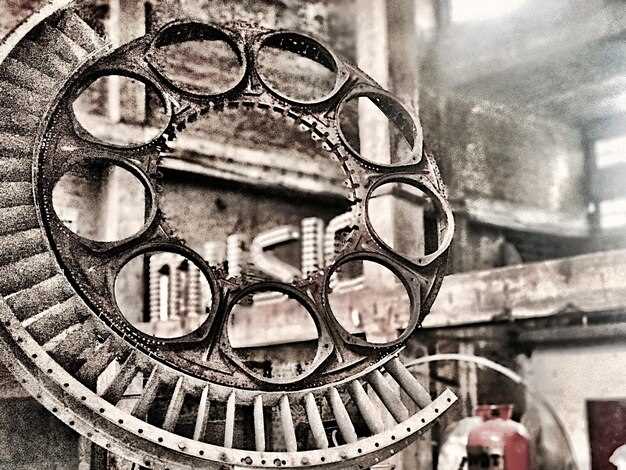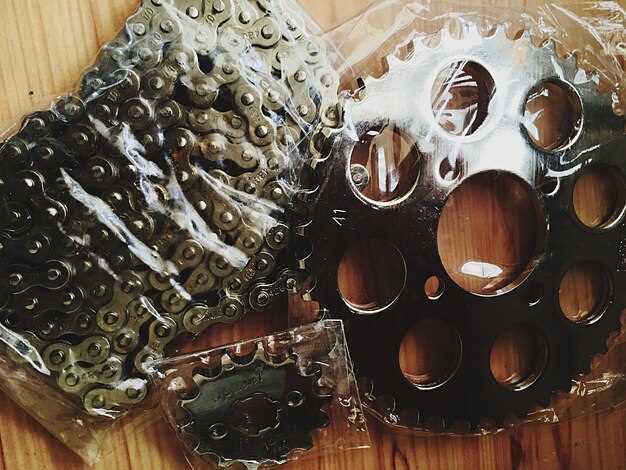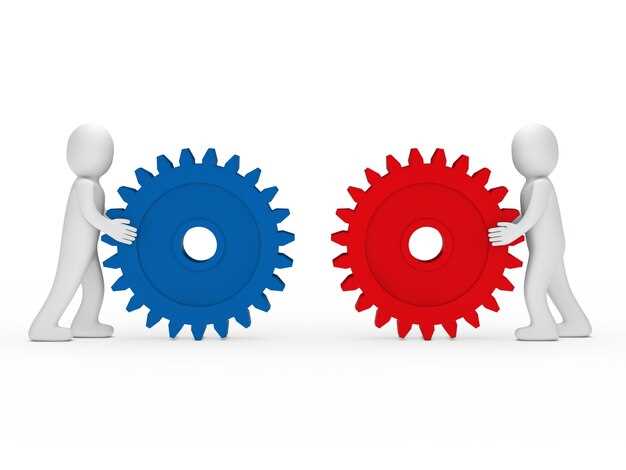
The world of restoration projects is a fascinating blend of history, craftsmanship, and passion. At the core of these endeavors lies a critical decision: whether to use original parts or replica parts. Each choice comes with its advantages and challenges, deeply influencing the integrity, value, and authenticity of the final product.
Original parts are often sought after for their historical significance and unique character. They provide an authentic connection to the past, allowing restorers to maintain the integrity of a vehicle or object as it once existed. However, acquiring these parts can be a daunting task, often fraught with scarcity and high costs. In many cases, the preservation of an item’s history hinges on the successful integration of these genuine components.
On the other hand, replica parts serve as a practical alternative, offering a solution where original pieces may be too difficult or expensive to procure. While some purists view replicas as inferior, they can provide practical benefits, such as improved durability and availability. The choice between original and replica parts ultimately shapes the ethos of a restoration project, influencing both its execution and its impact on future generations.
As we delve deeper into the nuances of restoration, it becomes essential to weigh the implications of each option carefully. Understanding the balance between originality and practicality is vital for anyone involved in these projects, ensuring the preservation of not just items, but also the stories they tell.
Evaluating the Quality of Replica Parts for Vehicle Restoration

When embarking on vehicle restoration projects, choosing the right components is critical to achieving the desired outcome. Replica parts can offer cost-effective alternatives to original components, but their quality can vary significantly. Evaluating these replicas involves several key factors.
First and foremost, it is essential to assess the material used in the production of replica parts. High-quality replicas are often made from materials that closely resemble or even replicate the original. For example, steel, aluminum, and high-grade plastics are preferable, as they offer durability and performance characteristics similar to original parts. Understanding the material properties can prevent issues like premature wear or corrosion down the line.
Next, reviewing the manufacturing process is essential. Reputable manufacturers should employ advanced techniques and quality control measures to ensure that their replicas meet rigorous standards. Researching the production methods can reveal whether the replicas were created using injection molding, CNC machining, or other precise methods. These processes often yield higher-quality parts that fit better and perform reliably compared to those produced through less stringent methods.
Fit and compatibility represent another crucial aspect of quality evaluation. High-quality replica parts should fit seamlessly with existing components without requiring excessive modifications. Undertaking customer reviews or consulting with fellow restorers can provide insights into the fitment of specific replicas. Accurate fitment not only affects the aesthetic appeal but also the overall functionality of the vehicle.
Furthermore, warranty and return policies are indicative of a manufacturer’s confidence in their products. A robust warranty can be a strong indicator of quality, providing reassurance that the replicas are built to last. Manufacturers who offer generous return options demonstrate accountability and stand behind their products.
Lastly, it is important to consider feedback from the restoration community. Online forums, review sites, and social media groups can offer firsthand experiences from users who have employed various replicas. Insights from these discussions can help to gauge the long-term performance and reliability of specific parts.
Ultimately, a careful evaluation of material quality, manufacturing processes, fitment, warranty, and community feedback will guide restorers in selecting replicas that meet their restoration goals while ensuring longevity and reliability.
Cost Comparison: Original Parts vs. Replicas in Restoration Budgets
When embarking on a restoration project, one of the primary considerations is the choice between original parts and replicas. The financial implications of this decision can significantly impact the overall budget and outcome of the project.
Original parts, while often preferred for their authenticity and provenance, come with a higher price tag. Their rarity, especially for classic vehicles or historic buildings, means that sourcing these components can be challenging and sometimes involves extensive research and negotiation. The costs associated with original parts can quickly escalate, particularly if the parts are in high demand or require restoration themselves.
On the other hand, replicas offer a more cost-effective alternative. Replicas can be manufactured using modern production techniques, often resulting in lower prices. This can allow for a more extensive restoration without exceeding budget constraints. However, the quality and accuracy of replicas can vary significantly depending on the manufacturer. Moreover, while replicas may lack the historical value of original parts, they can still provide functional equivalence, which is beneficial for certain projects, especially those focused on usability rather than authenticity.
Ultimately, the cost comparison between original parts and replicas must consider both immediate expenses and long-term implications. Using original parts might lead to higher initial costs, but they could enhance the overall value of the restoration, especially for collectors or investors. Conversely, opting for replicas could allow for more flexibility and creativity in the restoration design, making it possible to achieve desired aesthetics while maintaining budgetary limits.
In making this decision, restoration professionals must carefully assess the objectives of the project, the intended use of the restored item, and the potential return on investment. A balanced approach that considers both types of parts could lead to a well-rounded outcome.
Legal Considerations When Using Replica Parts in Classic Restorations

When undertaking a classic restoration project, the use of replica parts can raise several legal considerations. Understanding these factors is crucial to ensure compliance with laws and regulations while effectively preserving the integrity of the vehicle.
First, it is essential to distinguish between original and replica parts. Original parts are often protected by intellectual property laws, including trademarks and patents. Using replicas of these parts without proper authorization can result in legal repercussions. It’s vital to verify the legal status of the original parts to avoid infringement claims.
Additionally, replicas must meet safety and performance standards set by regulatory bodies. Installing substandard replica parts can not only compromise the vehicle’s safety but also lead to liability issues. Ensuring that replicas comply with applicable regulations is a legal necessity for restoration projects.
Another consideration involves disclosure. When selling a restored vehicle, transparency about the use of replica parts is important. Misrepresentation can lead to legal disputes, as buyers may expect original components. Proper documentation and clear communication can mitigate risks associated with potential claims from purchasers.
Lastly, keep in mind that certain classic car clubs and associations may have specific rules regarding the classification of vehicles based on the use of original versus replica parts. Adhering to these guidelines is essential for preserving eligibility in competitions and maintaining the vehicle’s historical status.
In summary, careful legal consideration must be given when incorporating replica parts into classic restorations. Adhering to intellectual property laws, safety standards, and transparent communication with buyers ensures a successful and legally compliant restoration project.

